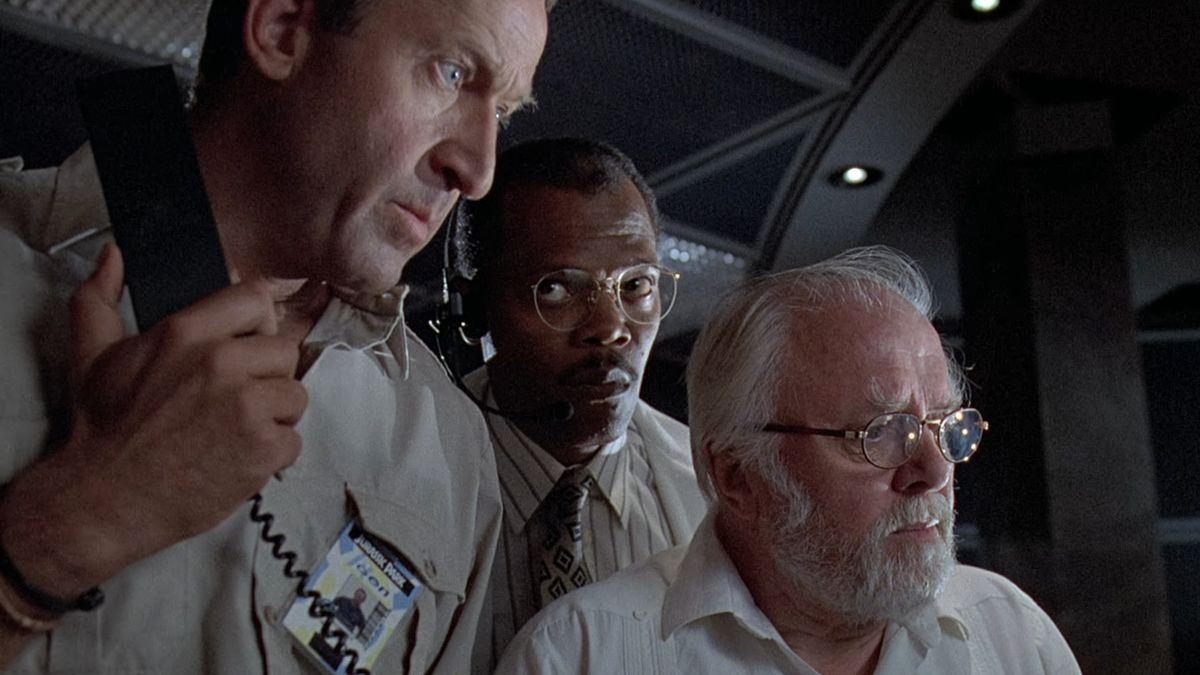NASA has shared an image of what astronomers say is the first observation of a giant debris cloud formed by a massive collision of celestial bodies. Astronomers observed the cloud as it passed in front of its star and briefly blocked its light. Astronomers have long found evidence of collision among celestial bodies. But those observations did not provide many details about the collisions, such as the size of the objects involved. This observation was fresh in that sense. The passing by of the debris cloud in front of a star allowed scientists to study it in detail.
They were able to determine the cloud’s size shortly after impact, estimate the size of the objects that collided, and watch the speed with which the cloud dispersed.
Most rocky planets and satellites, including our Earth and the Moon, are formed or shaped by massive collisions among celestial bodies early in the solar system. When these objects smash together, they could either accumulate more material and increase their size or they can break apart into multiple smaller bodies.
Scientists have long found evidence of these types of collisions using NASA’s now-retired Spitzer Space Telescope, but could not pull many details from those observations.
“All the cases reported previously from Spitzer have been unresolved, with only theoretical hypotheses about what the actual event and debris cloud might have looked like,” said George Rieke, a co-author of the new study published in the Astrophysical Journal.
In 2015, astronomers led by Kate Su of the University of Arizona started observing a 10 million-year-old star called HD 166191. NASA stated that the team conducted more than 100 observations of the system over the course of the next four years.
In 2018, the team saw the star system become brighter, which the agency said suggested an increase in its production of debris. Additionally, they found a debris cloud blocking the star. They found that the cloud was highly elongated, covering an area three times that of the star. To produce a cloud that big, the objects in the main collision must have been the size of dwarf planets.
By 2019, the cloud was no longer visible, but the system contained twice as much dust. This information can help scientists test theories about how terrestrial planets form and grow, the authors say.




